Artificial intelligence (AI) is a game-changer in product marketing. With advanced technologies like generative AI and natural language processing (NLP), corporations and enterprises can revolutionize their marketing strategies, enhancing customer experiences and driving business growth.
Whether you're a product marketer aiming to boost your strategies or a business owner eager to harness AI for improved marketing results, this blog offers practical strategies to elevate your marketing efforts.
Key highlights
- AI is most effective with repetitive or data-driven tasks, creating personalized customer experiences, and identifying metrics to inform marketing decisions and strategies.
- Implementing AI in marketing is a practical and achievable goal. It involves assessing and understanding current strategies, selecting the right tools, integrating them into existing workflows, training the team, and measuring the impact of the AI tools.
- Measuring the success of AI in marketing requires tracking key performance indicators (KPIs) and adjusting based on insights and results.
Let’s take a look at these in more detail.
Understanding AI in product marketing
Before we can truly comprehend the impact of AI on product marketing, it’s critical to understand what product marketing and AI is. Product marketing focuses on personas, positioning, messaging, sales enablement, and how to use those insights to promote and sell products to customers.
AI, on the other hand, is essentially the intelligence of a computer or machine and is related to the development of machines that perform human tasks. Generative AI is a subset of AI and involves algorithms that generate code or content, such as ChatGPT or Dall-E.
Preparing for AI integration
Before integrating AI into your marketing efforts, think critically and strategically about how, where, and with whom to integrate AI tools and how to roll out AI in the most thoughtful, optimal, and strategic way to ensure success and alignment. To do so, follow the below:
- Identify your organization’s business objectives, goals, success metrics, and critical challenges.
- Outline your product marketing team’s goals and deliverables and how they align with the organization’s business objectives.
- Map out the current workflow and tasks of the product marketer’s goals.
- Consider which of the tasks are the ideal use cases for AI.
- Once you have identified the strategic use cases to implement AI, consider who your stakeholders are. Who are the leaders, procurement, finance, or advocates to be involved? Who on your product or content marketing team will lead the integration?
- Finally, what results do you want from implementing AI? What defines the success or failure of the new vendor tool? How will you measure those results?
Let’s see this in action…
Imagine that you’re a product marketing director at an ed tech Series D startup.
Step one: Your company’s objective is ARR and growing customers.
Step two: Your product marketing team’s major initiative is to conduct market research to identify customer satisfaction scores, feedback responses, and market trend analysis and use that data to drive enablement and user engagement. Key metrics include daily active users, monthly active users, and feature usage rates.
Step three: You map out each step in the market research process, which includes creating and conducting surveys, looking through win/loss interviews, and distilling insights.
Step four: You realize that there are specific steps where AI can be implemented, such as collecting data or scraping the web, identifying customer sentiments and emotion detection, creating smart surveys, and providing real-time analysis.
Step five: To implement or pilot a new AI vendor, you know that you need several people on board, including the CEO, the CFO, and your manager, the Head of Marketing. You also identify Jane as the lead to implement the AI vendor on your team.
Step six: As you build your business case for the new vendor, consider key metrics and factors, such as ease of integration, data and security compliance and insight accuracy.
By gaining a comprehensive overview and understanding of their organization’s needs, their team's capabilities and workflow, strategic use cases for implementing AI, and the measurement systems they will need to implement, organizations can successfully integrate AI into their marketing strategies.
4 steps to implementing AI in your marketing efforts
Implementing AI in your marketing efforts requires careful planning and execution. Here are four key steps to help you optimally integrate AI into your marketing strategy:
Step one: Assess your current marketing strategy
Review your marketing plan and examine the market. Identify areas where leveraging AI could give your marketing a serious boost.
Map out existing workflows: Map out your team's key deliverables and projects, identify the tasks, and pinpoint areas in the workflow that can benefit from AI.
Seek input from business leaders: Talk with your company's leaders and key stakeholders to get their perspectives and gather insights. It's important to ensure your marketing plans sync with the business's broader goals.
Review market trends: Keep a close watch on what's happening in your industry, keep tabs on what consumers are into, and stay in the loop about any new technologies that could shake up your marketing game.
In real life: Imagine that you are a product marketer for a health tech SaaS company.
Your current marketing strategy for the year might include how to create hyper-personalized marketing based on key personas or ICPs, identifying conversion customer journey mapping and customer segmentation, and implementing customer chatbots, video, and SEO search initiatives.
Step two: Select the right AI tools for your needs
Do your homework to find the right AI tools and vendors that match your marketing goals and who you're trying to reach. When making your choice, consider the following:
Product marketing manager's input: Include your product marketing manager in the decision-making process when selecting AI tools to ensure that the tools you choose meet their specific goals and needs.
Data security: In today’s world, data security and cybersecurity threats seem just around the corner. Look for AI vendors that protect your private data and follow key compliance policies.
Generative AI capabilities: If creating content is a big part of your marketing strategy, search for AI tools with generative AI features.
In real life: At the health tech company, you need to find AI vendors for customer insights, segmentations, journey mapping, chatbots, and video workstreams.
You may opt for Einstein for Salesforce Marketing Cloud engagement to get customer insights, and Adobe Experience Cloud to create customer journey maps.
You explore Drift for AI-powered chatbots and Vidyard for video initiatives. You make sure that all relevant stakeholders are aligned with the new vendors and processes, and that each vendor passes data security and compliance policies.
Step three: Integrate AI tools into your marketing workflows
Onboard your team to your chosen AI tools and ensure they fit smoothly into your current marketing processes. It's crucial to foster collaboration between your team and the AI technology for the adoption of tools.
Here are some key considerations:
Foster a learning culture: Encourage a culture of learning within your marketing teams by promoting professional development and encouraging team members to share experiences.
Scale as needed: Consider whether your chosen AI tools can grow alongside your marketing team. Ensure they're flexible enough to handle more work as your team expands and needs to evolve.
Train your team: Offer comprehensive training sessions to your marketing teams to ensure they know how to utilize the selected AI tools to their fullest potential. This will empower them to integrate AI into their daily tasks and maximize their capabilities.
In real life: You assign Robert on your team to help launch the new vendors and together, your team decides to launch a workshop for the consumer insights team and the customer marketing team to train them on using Salesforce, Adobe, Drift, and Vidyard.
Step four: Monitor and adjust your strategies
Monitor your marketing strategies closely, analyze insights, and be ready to tweak them as needed to improve them.
In real life: Setting a 30-60-90 day review, identify key metrics and room for improvement. You notice that the chatbot receives high customer feedback, but low interaction rate.
You also notice that the video metrics have high engagement, high watch time, but also high bounce rate. Using that data, you can determine new initiatives or strategies.
By following the steps above, businesses can effectively integrate AI into their marketing strategies, leading to improved outcomes and success.
Measuring the success of AI in marketing
In step four, we highlight the importance of monitoring and adjusting your AI strategies, which we dedicate a separate section to.
To gauge the effectiveness of AI in marketing, it's crucial to measure its impact and base decisions on data. Here are two critical aspects to keep in mind when assessing AI's success in marketing:
Key performance indicators (KPIs) to watch
Pinpoint the critical performance indicators that match your marketing objectives and regularly check these metrics to gauge how AI influences your marketing outcomes.
Consider tracking the following:
- Customer acquisition: Track new customers gained through marketing campaigns driven by AI. This metric helps gauge how well AI is attracting and converting new customers.
- Conversion rates: Identify the critical conversion metrics for your team, such as the percentage of website visitors or leads that turn into customers. With AI's help, you can fine-tune marketing campaigns to enhance conversion rates and achieve more favorable outcomes.
- Customer retention: AI can boost customer retention by delivering personalized experiences and tailored communication strategies. Track the percentage of customers retained during a specific timeframe.
Advanced ROI methodologies for AI initiatives
Measuring AI's return on investment requires more sophistication than tracking simple efficiency metrics. As Madhup Mishra, Senior Vice President of Product Marketing at SmartBear, puts it: "AI is like weed. Once your customers will see it, experience it, they'll get used to it. And it'll be very hard for them to get off of it."
This stickiness factor means we need to think beyond monthly metrics and embrace methodologies that capture AI's true long-term value.
Three essential ROI calculation methods
- Efficiency-based ROI
The most straightforward calculation focuses on time and cost savings:
Example calculation:
- Time saved per week: 10 hours per team member
- Team size: 5 product marketers
- Average hourly cost: $75 (including benefits)
- Weekly savings: 10 × 5 × $75 = $3,750
- Annual savings: $3,750 × 52 = $195,000
- Annual AI investment: $50,000
- ROI = ($195,000 - $50,000) / $50,000 × 100 = 290%
2. Revenue impact ROI
For AI that directly influences revenue (like personalization engines or lead scoring):
Let's walk through a real scenario:
- Baseline monthly revenue: $1,000,000
- Revenue with AI personalization: $1,150,000
- Incremental revenue: $150,000/month = $1,800,000/year
- Profit margin: 25%
- Profit impact: $1,800,000 × 0.25 = $450,000
- Annual AI investment: $100,000
- ROI = ($450,000 - $100,000) / $100,000 × 100 = 350%
3. Customer Lifetime Value (CLV) ROI
This is where Mishra's insight becomes crucial. AI's stickiness affects customer retention and expansion:
Consider this example:
- Baseline CLV: $10,000
- CLV with AI features: $13,000
- CLV increase: $3,000
- Affected customers: 500
- Total CLV impact: $3,000 × 500 = $1,500,000
- Annual AI investment: $200,000
- ROI = ($1,500,000 - $200,000) / $200,000 × 100 = 650%
Building your AI business case
When presenting ROI to executives, avoid the trap of short-term thinking. Mishra advises: "You should think of profitability long term and not optimize for dollars and cents the month after this thing will go live."
Structure your business case around:
Year 1: Foundation Building
- Focus on efficiency gains
- Highlight learning and capability development
- Set realistic expectations (100-200% ROI)
Year 2: Expansion
- Emphasize revenue impact
- Show compounding benefits
- Target 200-400% ROI
Year 3+: Transformation
- Demonstrate CLV improvements
- Highlight competitive advantages
- Project 400%+ ROI
Tracking the right metrics over time
Create a balanced scorecard that evolves with your AI maturity:
Immediate metrics (Months 1-6):
- Time saved on routine tasks
- Content production velocity
- Cost per content piece
- Employee satisfaction scores
Intermediate metrics (Months 6-12):
- Lead quality improvements
- Campaign performance lift
- Customer engagement rates
- Sales cycle acceleration
Long-term metrics (Year 2+):
- Customer lifetime value
- Market share gains
- Competitive win rates
- Innovation velocity
Common ROI measurement pitfalls to avoid
- Focusing only on cost savings: While efficiency matters, the real value often lies in revenue growth and customer retention.
- Ignoring compound effects: AI benefits build over time as teams become more proficient and data improves.
- Underestimating adoption time: Budget for a 3-6 month ramp-up period before expecting full ROI.
- Missing indirect benefits: Consider improvements in employee satisfaction, brand perception, and competitive positioning.
Remember, as you build these ROI models, you're not just justifying technology spend – you're making the case for transformation. The organizations that understand this distinction will be the ones that truly capitalize on AI's potential in product marketing.
Adjusting strategies based on AI insights
Use the insights surfaced by AI to refine your marketing strategies and use the data to make decisions and enhance your marketing strategy and roadmap. Here are some examples of how to adjust strategies based on AI insights:
- Analyze market data: AI tools can sift through extensive market data, covering customer behavior, market trends, and competitor actions. Use this information to pinpoint opportunities and base your decisions on solid data insights.
For example, AI algorithms can analyze customer purchasing patterns, social media interactions, and website browsing behavior. Businesses can uncover trends to better meet customer needs by processing this data. - Personalize marketing efforts: Use AI's insights to tailor your marketing efforts to fit your customers' preferences and behavior. Adjust your messaging, offers, and targeting accordingly, drawing on AI's data-driven insights.
Suppose AI analysis reveals that a segment of your customers prefers email communication over social media ads, and you adjust your strategy to focus on email campaigns for that particular group. - Iterate and optimize: Experiment with new ideas, try different approaches, and adjust. Suppose AI analysis suggests that a particular ad campaign isn't resonating with your target audience as expected. In that case, you can pivot to test a new approach or messaging to see if it yields better results.
Integrating AI into your product launch playbook
You've selected your AI tools. You've built the business case. Now comes the real challenge: how do you actually weave AI into your existing product launch workflows without disrupting what already works?
The answer lies in strategic workflow mapping – and learning from those who've done it successfully.
The four pillars of AI-enabled launches
Successful AI integration in product launches isn't random. Analysis of high-performing campaigns reveals four consistent characteristics:
1. Deep buyer understanding before anything else
"We didn't launch anything until we had a really solid grasp on our buyer," notes one senior product marketing leader. AI accelerates this understanding through:
- Sentiment analysis of customer interviews
- Pattern recognition in support tickets
- Predictive modeling of buyer behavior
- Automated persona refinement
2. Pain-point anchoring (not feature fixation)
The distinction matters: "We anchored on the buyer's pain point, and not the users." AI helps maintain this focus by:
- Analyzing competitor messaging gaps
- Identifying emotional triggers in customer language
- Testing message resonance at scale
- Predicting which benefits drive decisions
3. Market moment alignment
"We married a product launch to a market event, so it wasn't done in a silo." AI enables this through:
- Trend detection and prediction
- Optimal timing analysis
- Cross-channel coordination
- Real-time campaign adjustment
4. Attribution clarity
"We could attribute all of the pipeline activity directly to marketing channels." This is where AI truly shines:
- Multi-touch attribution modeling
- Predictive pipeline scoring
- Channel performance optimization
- ROI calculation automation
Mapping AI to your launch stages
Here's how to integrate AI tools into each phase of your product launch:
Pre-launch (Weeks 12-8)
Traditional activities:
AI enhancement points:
- Use AI-powered tools to analyze competitor content and identify positioning gaps
- Deploy sentiment analysis on beta user feedback
- Generate multiple messaging variations for A/B testing
- Create personalized sales enablement materials at scale
Recommended tools:
- Competitive intelligence: AI-powered platforms that monitor competitor activities
- Message testing: Tools that predict message effectiveness
- Content generation: AI writing assistants for first drafts
Launch phase (Weeks 8-4)
Traditional activities:
- Campaign creation
- Channel coordination
- Sales training
- PR outreach
AI enhancement points:
- Generate channel-specific content variations
- Personalize outreach at scale
- Create interactive sales training modules
- Optimize PR pitch timing and targeting
Workflow integration example:
Instead of manually creating 20 email variations, use AI to:
1. Generate initial variations based on your core message
2. Customize for different segments automatically
3. Predict performance before sending
4. Optimize send times by segment
Launch week (Week 0)
Traditional activities:
- Go-live coordination
- Real-time monitoring
- Quick pivots
- Stakeholder updates
AI enhancement points:
- Real-time sentiment monitoring
- Automated alert systems for anomalies
- Dynamic content optimization
- Predictive issue identification
Post-launch (Weeks 1-4)
Traditional activities:
- Performance analysis
- Win/loss reviews
- Optimization
- Learnings documentation
AI enhancement points:
- Automated win/loss analysis
- Predictive churn identification
- Content performance insights
- Next campaign recommendations
Change management for AI workflow adoption
Integrating AI isn't just about tools – it's about people. Here's how to drive adoption:
Start with champions: Identify early adopters on your team who can demonstrate quick wins and build enthusiasm.
Create safe spaces: Establish "AI office hours" where team members can experiment without judgment.
Document everything: Build a playbook of what works, complete with templates and examples.
Measure and share: "Creating partnerships with other teams that traditionally own reporting is imperative if you want to prove yourself as a product marketer." Share AI wins broadly.
Your AI integration checklist
Before your next launch, assess your readiness:
[ ] Mapped current workflow with clear AI integration points
[ ] Identified tools for each launch phase
[ ] Created governance guidelines for AI use
[ ] Established success metrics for AI impact
[ ] Built cross-functional buy-in
[ ] Developed training plan for team
[ ] Set up attribution tracking
[ ] Created feedback loops for continuous improvement
The goal isn't to automate everything – it's to amplify what makes your launches successful. As one leader emphasized: "It's a shame not to get the credit for the great foundational work that product marketing does."
With AI properly integrated into your workflows, you'll not only do great work – you'll have the data to prove it.
The AI maturity model for product marketing teams
You've implemented AI tools. You're measuring results. But here's the question that keeps coming up: where exactly does your organization stand in its AI journey? And more importantly, what's the path forward?
Recent research from Asana and Anthropic offers a compelling answer through their State of AI at Work study, which maps out five distinct stages of AI maturity.
As Lisa Adams, an industry leader in product marketing and AI transformation, notes: "Most of us are in stage two and maybe stage three." The real challenge? Moving beyond experimentation to true organizational transformation.
The five stages of AI maturity in product marketing
Stage 1: Skepticism
Organizations at this stage view AI with caution. Teams might be using basic tools like spell-checkers or grammar assistants, but there's resistance to broader adoption. Common characteristics include:
- Limited understanding of AI capabilities
- Concerns about job displacement
- Minimal investment in AI tools or training
- Ad-hoc, individual experimentation only
Stage 2: Activation
This is where most product marketing teams find themselves today. You're dipping your toes in, but it's still largely experimental. Signs you're here:
- Individual team members using ChatGPT or similar tools
- No formal AI policies or guidelines
- Inconsistent results and approaches
- Focus on simple use cases like content drafts
Stage 3: Experimentation
Teams begin coordinating their AI efforts. You'll see:
- Pilot programs for specific workflows
- Initial ROI measurements
- Cross-functional discussions about AI use
- Development of basic best practices
Stage 4: Scaling
This is where transformation accelerates. Organizations at this stage show:
- Integrated AI workflows across teams
- Clear governance and brand guidelines
- Measurable efficiency gains
- Regular knowledge sharing sessions
As demonstrated at GitLab, reaching this stage often involves establishing "a monthly cadence where we share best practices with each other," creating a culture of continuous learning and improvement.
Stage 5: Full maturity
The pinnacle of AI integration, characterized by:
- AI embedded in all major workflows
- Sophisticated measurement frameworks
- Organization-wide adoption
- Strategic competitive advantage through AI
Diagnosing your current stage
Not sure where you stand? Ask yourself these diagnostic questions:
1. Policy and governance: Do you have formal AI usage guidelines? If not, you're likely in Stage 1 or 2.
2. Measurement: Are you tracking AI's impact on efficiency and ROI? Without metrics, you're probably pre-Stage 3.
3. Workflow integration: Is AI part of your standard operating procedures, or still an add-on? Integrated workflows signal Stage 4.
4. Knowledge sharing: Does your team regularly share AI learnings? Systematic sharing indicates Stage 4 or beyond.
5. Strategic impact: Is AI driving measurable business outcomes? If it's still just saving time on tasks, you haven't reached full maturity.
Your roadmap to AI maturity
Moving up the maturity curve isn't about rushing—it's about strategic progression. Here's how to advance:
From Skepticism to Activation:
- Start with low-risk experiments
- Focus on time-saving wins
- Share success stories internally
- Address fears through education
From activation to experimentation:
- Move from individual use to team pilots
- Begin measuring time savings
- Document what works (and what doesn't)
- Create initial guidelines
From experimentation to scaling:
- Shift from use cases to workflows
- Establish governance frameworks
- Implement regular knowledge sharing
- Build cross-functional partnerships
As Adams emphasizes, product marketers have a unique advantage here: "We sit at this intersection point between many parts of the organization. So we've got this bird's eye view of what people are actually doing with AI, and we can use our roles to bring everyone to the table."
From scaling to full maturity:
- Embed AI in strategic planning
- Develop advanced measurement models
- Create competitive differentiation through AI
- Lead organizational transformation
Making maturity assessment actionable
Don't just assess – act. Start by:
- Running a team workshop to honestly evaluate your current stage
- Setting a realistic target for where you want to be in 12 months
- Identifying the biggest gaps between current and desired state
- Creating a quarterly review process to track progression
- Celebrating wins at each stage to maintain momentum
Remember, maturity isn't about using the most AI tools – it's about creating sustainable, measurable value for your organization. Whether you're combating skepticism or scaling successful pilots, the key is intentional progression backed by clear metrics and strong governance.
The organizations that will thrive aren't necessarily those that adopt AI fastest, but those that adopt it most thoughtfully, moving deliberately through each stage while building the foundations for long-term success.
Final thoughts
AI is here, and it's here to stay. However, implementing AI tools requires planning, strategy, and careful execution.
First, understand your business goals and challenges, aligning your product marketing objectives with those goals.
Figure out what your team is currently doing and where AI can best fit in.
Get the right people involved, set clear goals, and make sure you have a way to measure success so you can determine if that AI vendor is the right fit for you.
This article was updated on June 24, 2025.





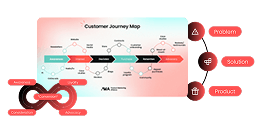




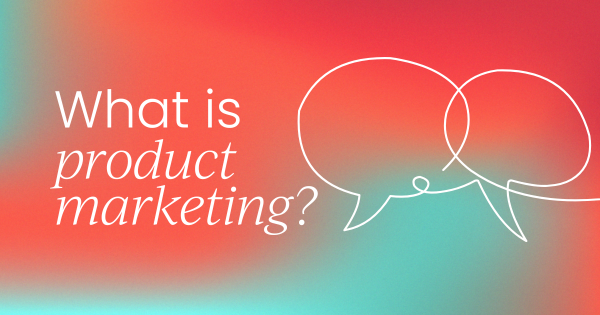

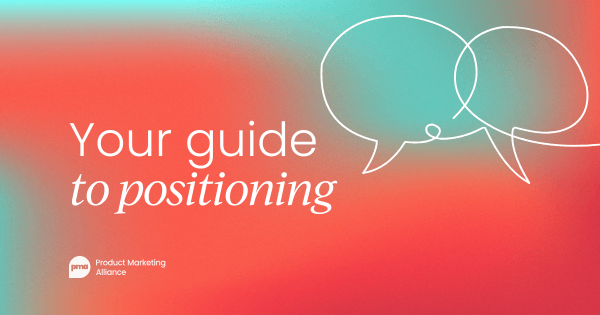
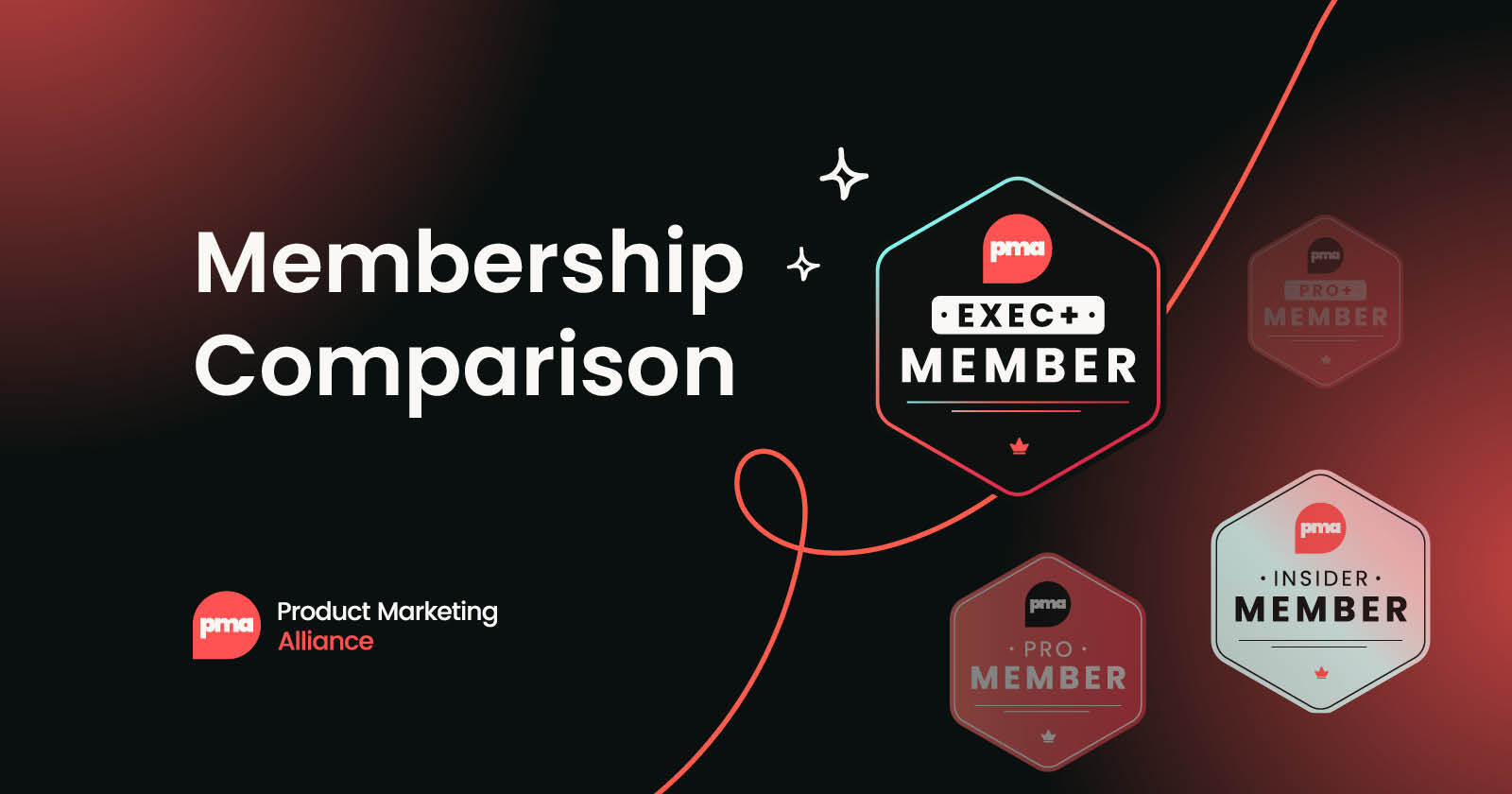

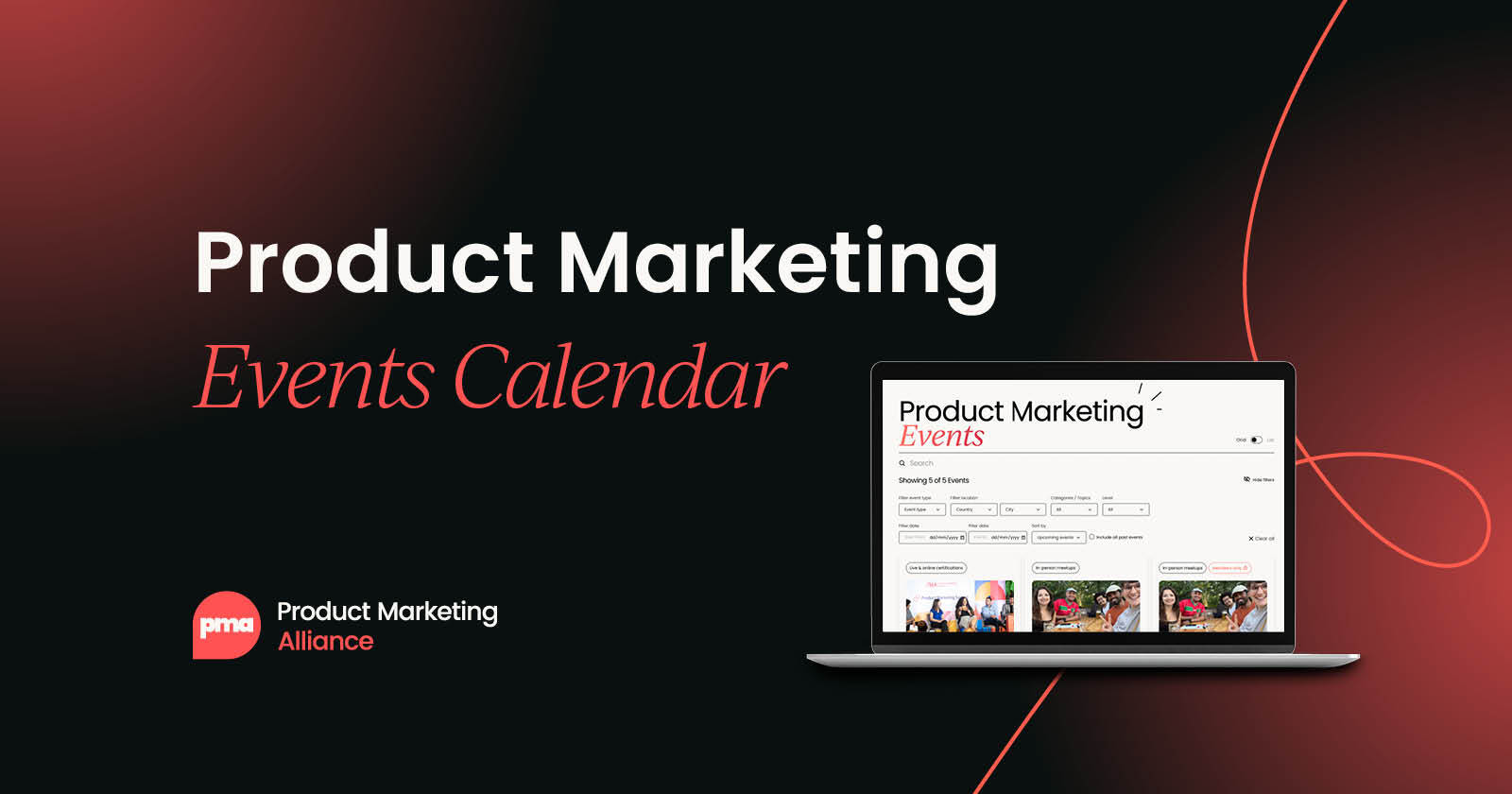
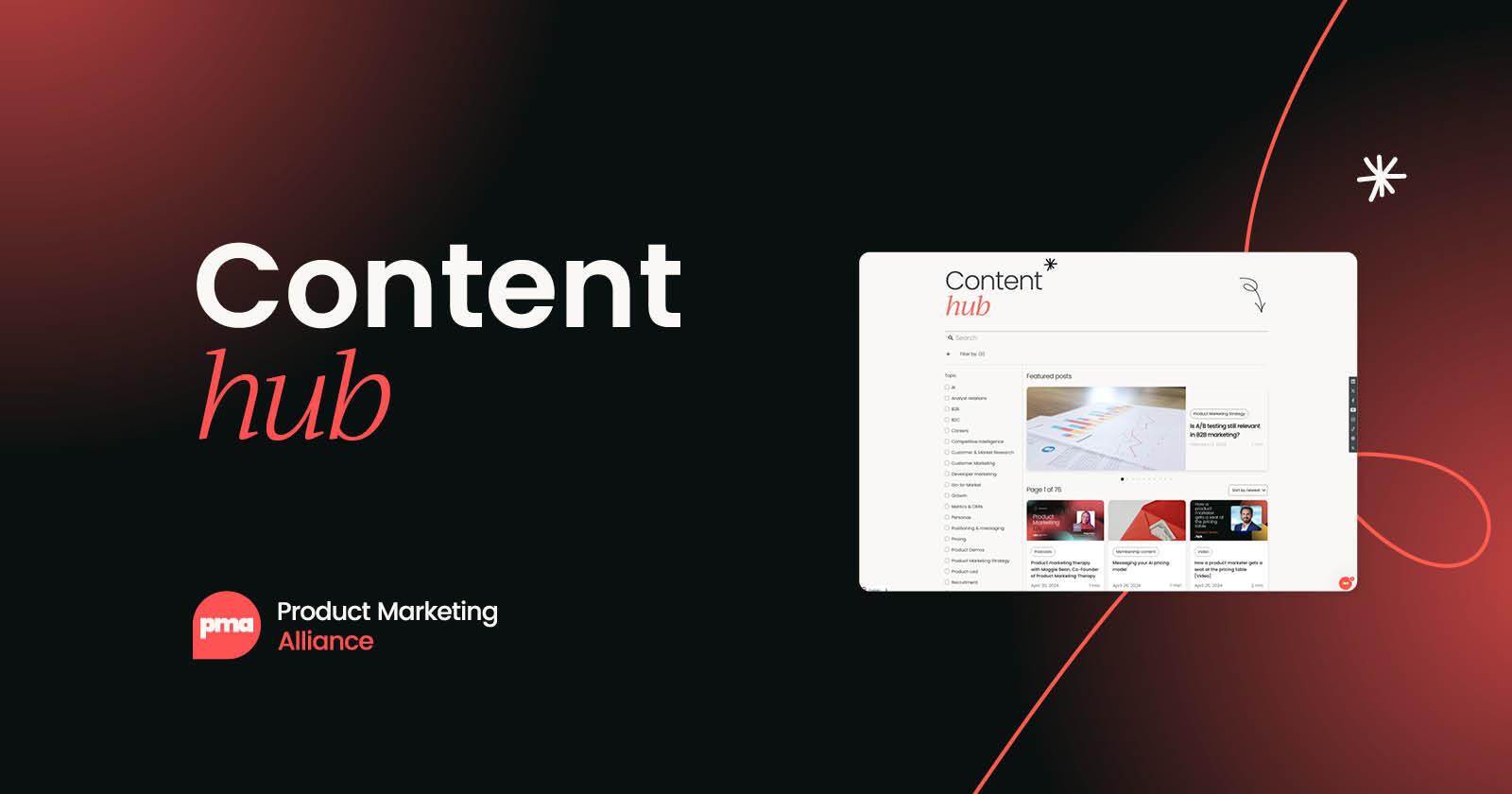

 Follow us on LinkedIn
Follow us on LinkedIn




.svg?v=7919bee89c)